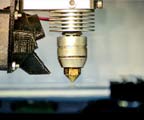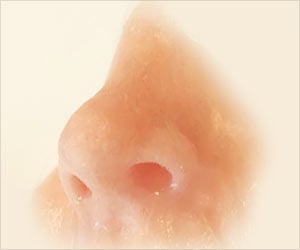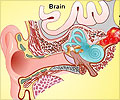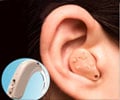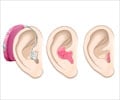Groundbreaking discovery in biomedical research: 3D printing and tissue engineering are shaping lifelike ear prosthetics!
- 3D printing combined with tissue engineering creates lifelike ear replicas
- These prosthetics offer hope for those with congenital malformations or ear loss
- Incorporating recipient-derived chondrocytes enhances graft strength and authenticity
Bioengineering Full-scale auricles using 3D-printed external scaffolds and decellularized cartilage xenograft
Go to source).
The idea of using cartilage from a child's ribs for ear reconstruction dates back to ancient India, where it was first documented in the Sushruta Samhita, an ancient Sanskrit text on surgery! #earreplicas #medindia’
Traditional Method of Ear Grafts
Traditionally, surgeons have crafted replacement ears using cartilage from a child’s ribs, a procedure that can be painful and leave scars. While the resulting grafts can resemble the recipient’s other ear, they often lack the same flexibility.Realistic Ear Replica Using Chondrocytes
To create a more natural replacement ear, researchers turned to chondrocytes, the cells responsible for building cartilage. Previous attempts using animal-derived chondrocytes seeded onto a collagen scaffold initially succeeded but eventually lost the ear’s distinctive features due to contraction caused by cell activity. In this study, researchers utilized sterilized animal-derived cartilage treated to minimize immune rejection. Loaded into intricate, ear-shaped plastic scaffolds created on a 3D printer based on ear data from a recipient, the cartilage acted as internal reinforcements, preventing contraction and encouraging new tissue formation.How Similar is the Novel Ear Replica to Human Ear?
Over three to six months, the structure developed cartilage tissue closely resembling the ear’s anatomical features, including the helical rim, anti-helix rim, and central conchal bowl. Biomechanical studies confirmed the replicas’ flexibility and elasticity similar to human ear cartilage, although they were not as strong and could tear. To enhance strength, researchers plan to incorporate recipient-derived chondrocytes, which produce elastic proteins, into future grafts. Reference:- Bioengineering Full-scale auricles using 3D-printed external scaffolds and decellularized cartilage xenograft - (https://www.sciencedirect.com/science/article/abs/pii/S1742706124001417?via%3Dihub)
Source-Medindia


